Let’s set sail on a culinary voyage, exploring the bountiful seas through the eyes and palates of coastal communities around the globe. Seafood isn’t just a menu item; it’s a story of tradition, culture, and the ocean’s gifts, woven into the daily lives of those who live by the shore. From the hearty chowders of New England to the zesty ceviche of Latin America, each dish invites us to taste the legacy and love of the sea.
New England Clam Chowder
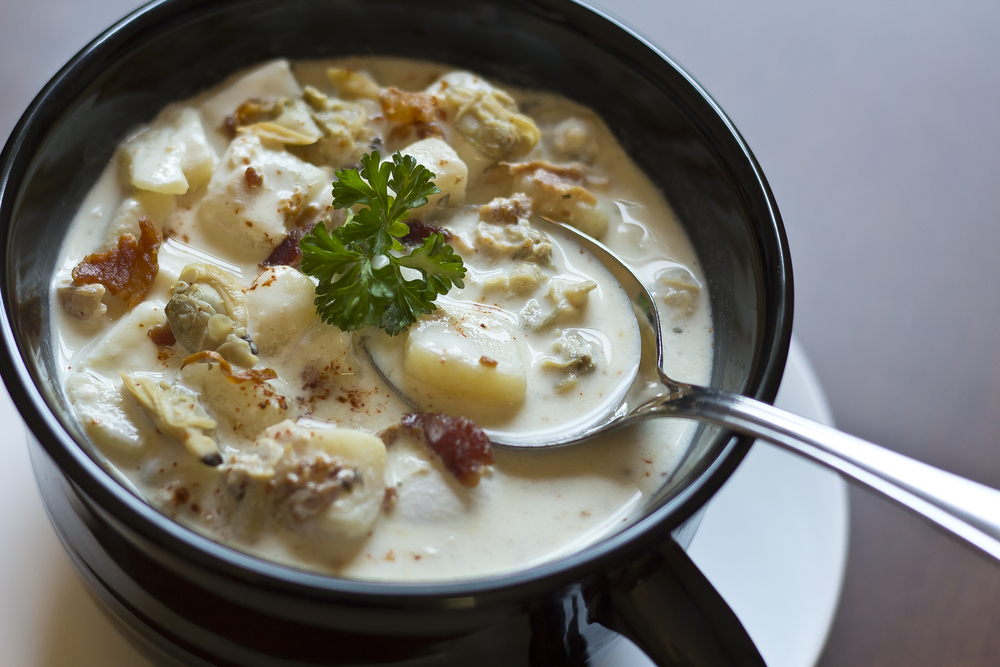
New England Clam Chowder, a creamy soup rich with clams, potatoes, onions, and often bacon, is a quintessential dish from the northeastern United States. Originating from the fishing villages of New England, this chowder has been a staple, representing the region’s reliance on the abundant clam fisheries. Its hearty and warming nature made it an ideal food for fishermen and seafarers facing the harsh, cold Atlantic conditions. Over centuries, it has evolved into a beloved regional specialty, embodying the flavors and maritime heritage of New England.
Kaisendon
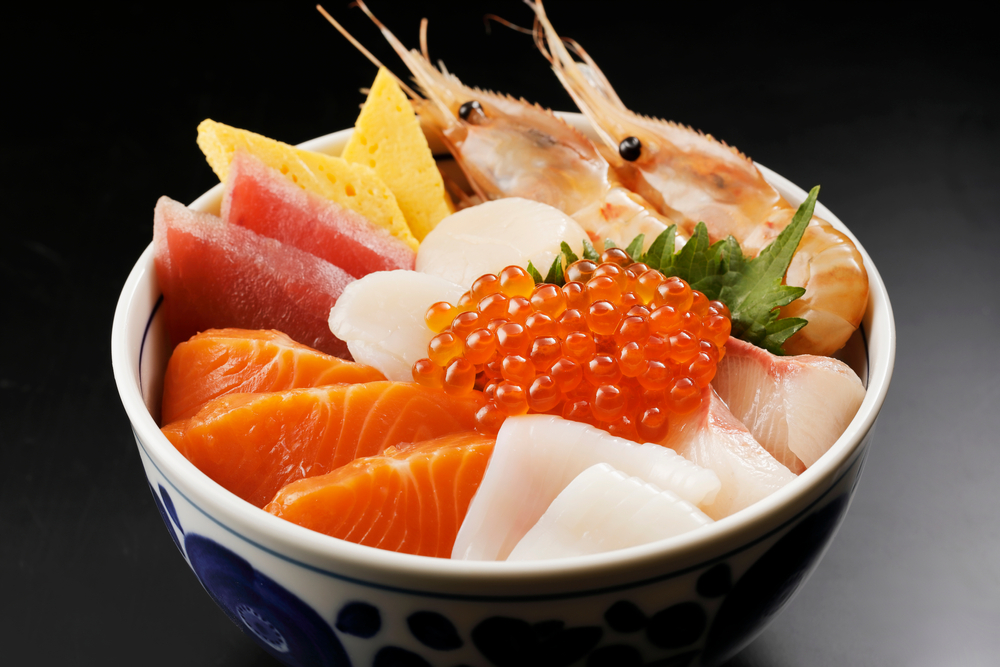
Kaisendon, a Japanese dish consisting of fresh, raw seafood served over rice, highlights the country’s deep-rooted connection with the ocean. This dish utilizes a variety of seafood, including fish, shrimp, and sea urchins, reflecting the diversity of Japan’s coastal waters. Kaisendon is not only a testament to the freshness of the local catch but also showcases the Japanese art of seafood preparation, where simplicity and the natural flavors of the ingredients are paramount. It’s a culinary expression of Japan’s long-standing fishing traditions and its people’s profound respect for the sea.
Louisiana Crawfish Étouffée
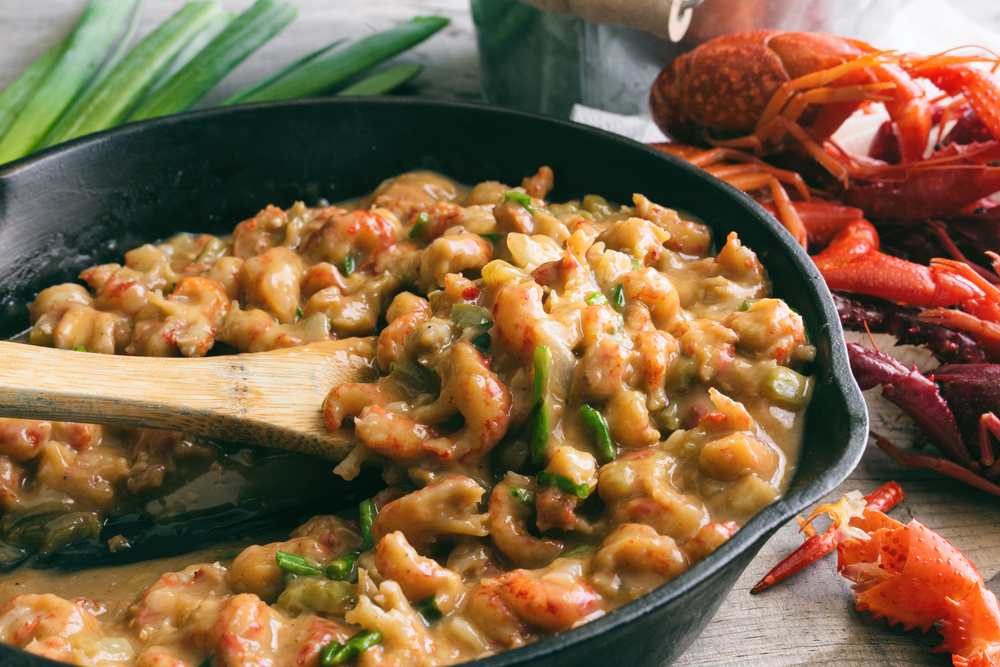
Louisiana Crawfish Étouffée is a Creole dish deeply embedded in the culinary landscape of the southern United States, particularly Louisiana. Étouffée, meaning “smothered,” refers to the technique of cooking crawfish in a rich, flavorful sauce with vegetables and spices. This dish embodies the resourcefulness of local cooks who utilized the freshwater crawfish abundant in the region’s bayous. Over time, it has become a symbol of Louisiana’s rich cultural tapestry, blending French, African, Spanish, and Native American influences.
Bouillabaisse
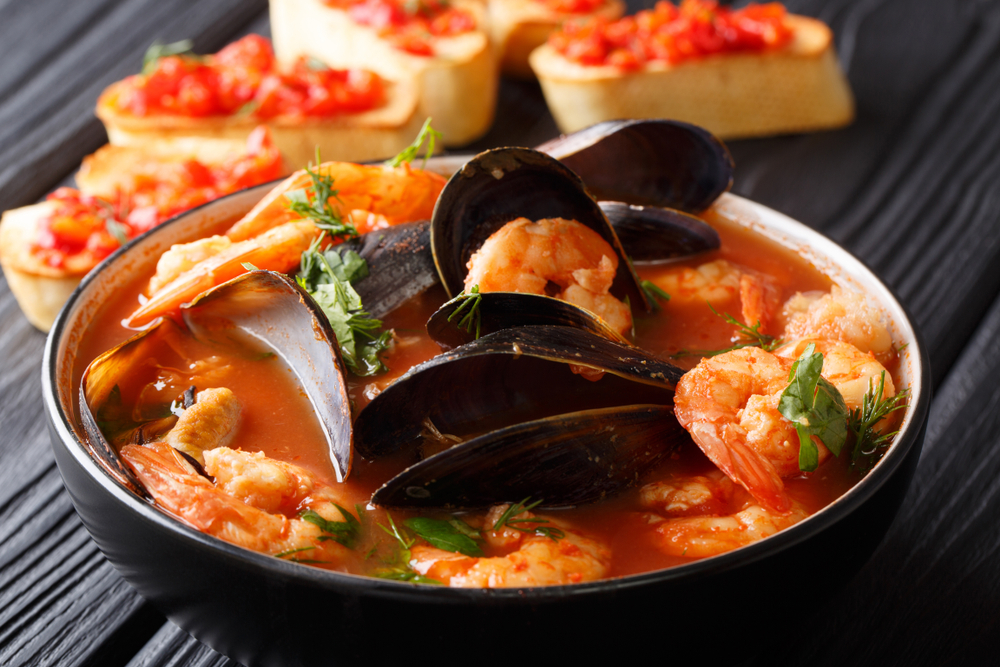
Originating from the port city of Marseille in France, Bouillabaisse is a traditional fish stew that epitomizes Mediterranean seafood cuisine. It started as a humble fisherman’s meal, made from the catch of the day, typically involving a variety of fish and shellfish. Bouillabaisse has evolved into a celebrated dish, featuring a rich broth seasoned with saffron, fennel, and other herbs, reflecting the region’s culinary influences and the abundance of its coastal waters.
Pacific Northwest Salmon
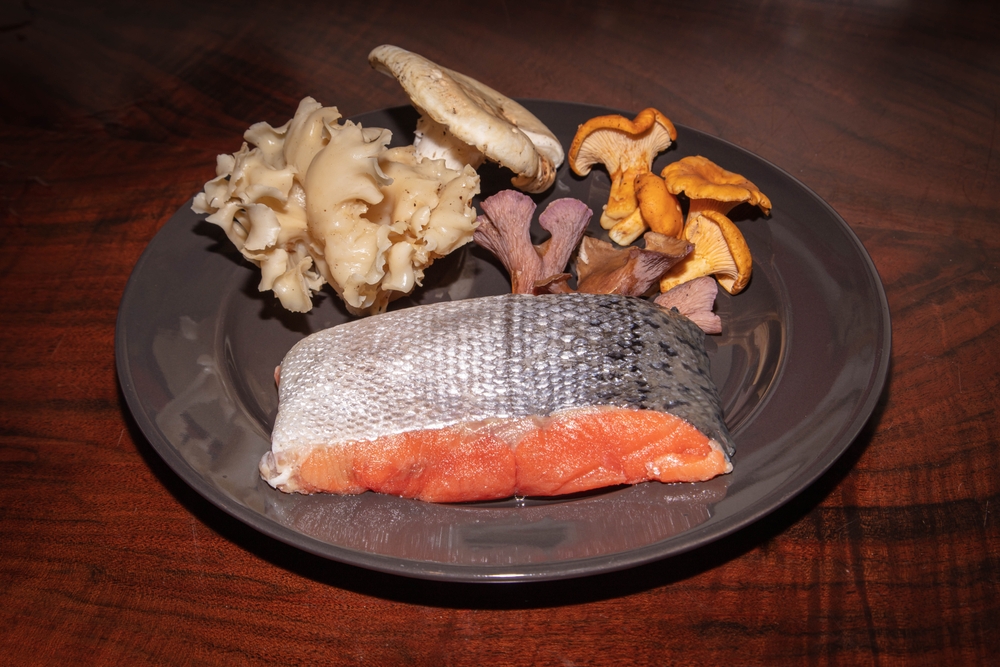
In the Pacific Northwest, salmon has been the lifeblood of indigenous cultures for thousands of years, and it continues to play a central role in the region’s cuisine. This fish is not only a dietary staple but also holds significant cultural and spiritual value. Techniques for catching, preserving, and preparing salmon, such as smoking or grilling on cedar planks, have been honed over generations. Pacific Northwest Salmon is a symbol of the region’s natural bounty and its people’s enduring connection to their environment.
Amêijoas à Bulhão Pato
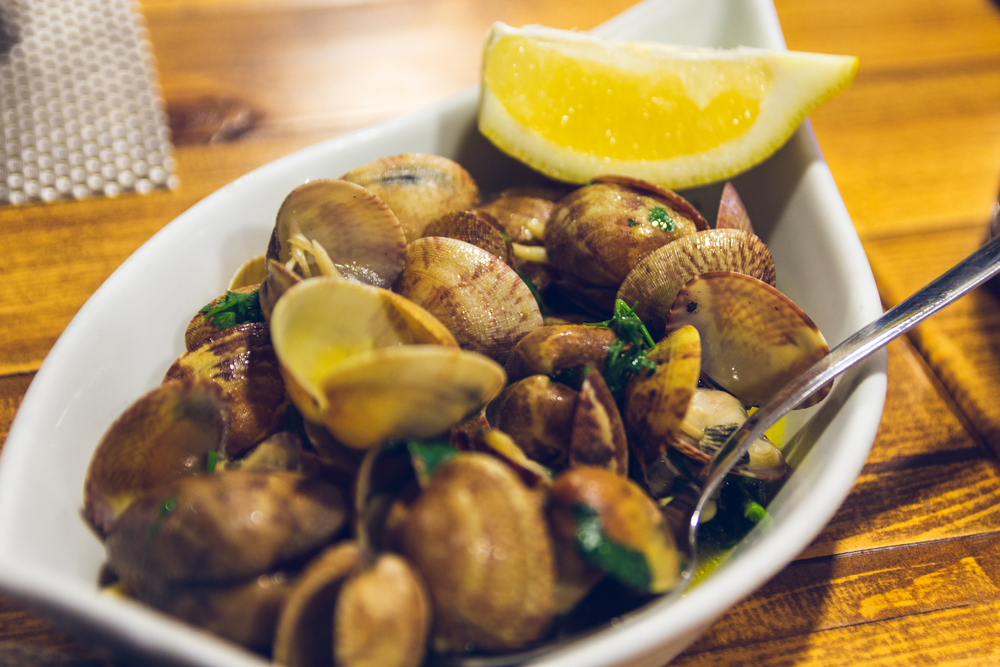
Amêijoas à Bulhão Pato is a traditional Portuguese clam dish named after the 19th-century poet Bulhão Pato, known for its simple yet flavorful preparation with garlic, cilantro, and white wine. This dish highlights the importance of shellfish in Portuguese cuisine, reflecting the country’s long coastline and the integral role that fishing and shellfish gathering play in local culinary traditions. It is a celebration of the fresh flavors of the sea, embodying the simplicity and rustic elegance of Portuguese cooking.
Chesapeake Bay Crab Cakes
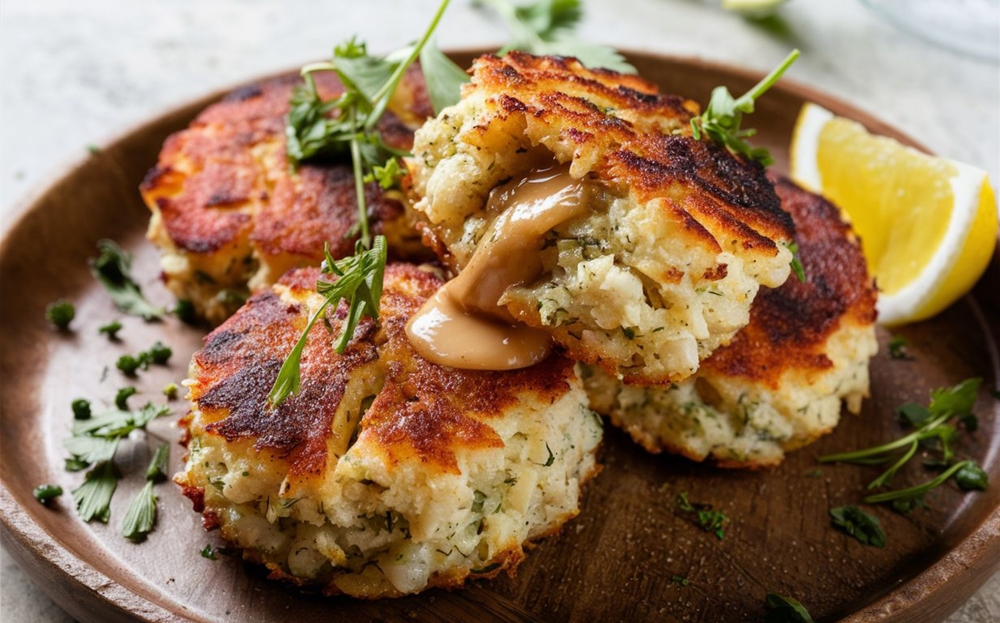
In the Chesapeake Bay area of the United States, crab cakes are a cultural icon, showcasing the blue crab, a species integral to the local economy and ecosystem. These cakes, made from lump crab meat mixed with breadcrumbs, herbs, and spices, are a testament to the region’s seafood tradition. They represent the culinary ingenuity of the local people, turning the abundant crab harvest into a beloved dish that is now synonymous with the identity of the Chesapeake Bay region.
Poke
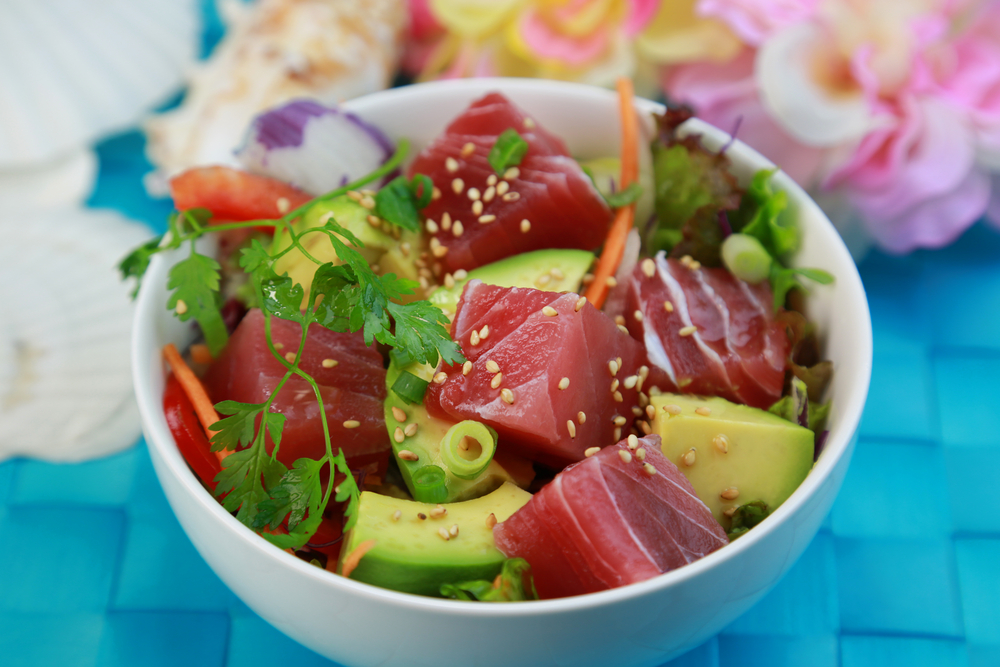
Poke, a Hawaiian dish meaning “to slice” or “cut crosswise into pieces,” traditionally consists of raw fish, usually tuna, seasoned with soy sauce, green onions, and sesame oil. It represents the fusion of native Hawaiian with Asian culinary traditions, reflecting Hawaii’s multicultural history. Poke is a testament to the islanders’ reliance on the sea, showcasing the freshness of the local catch and the simplicity of traditional island cooking.
Cajun Jambalaya
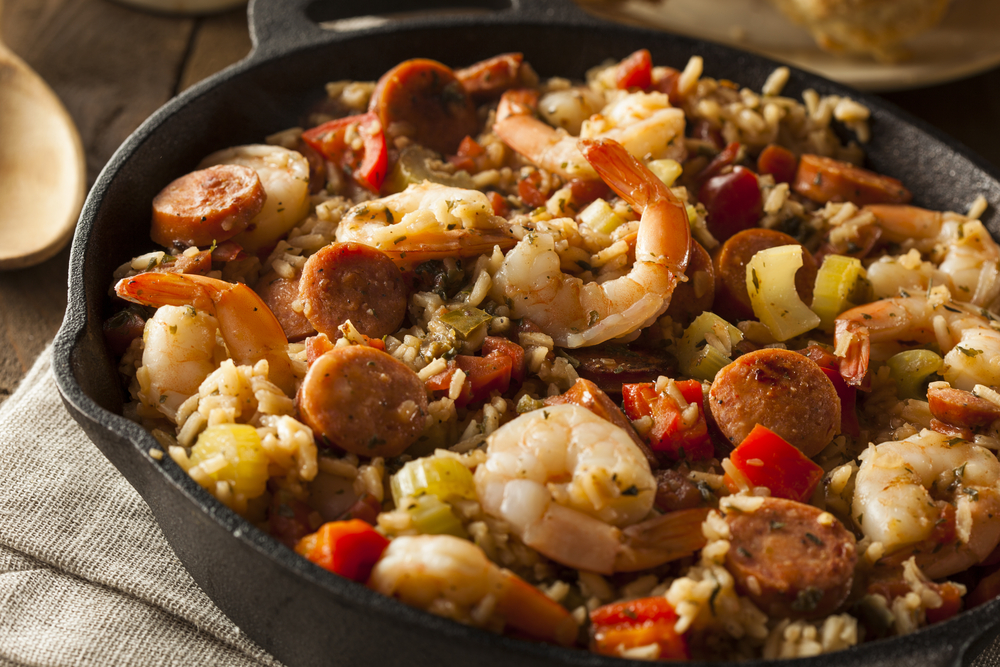
Cajun Jambalaya, originating from the bayous of Louisiana, is a rustic, one-pot dish featuring a mix of seafood, meats, rice, and spices. This dish embodies the cultural melting pot of Cajun country, with influences from French, African, Spanish, and Native American cuisines. Seafood, often shrimp or crawfish, plays a crucial role in jambalaya, reflecting the region’s abundant aquatic resources and the ingenuity of Cajun cooking, which is known for its bold flavors and hearty, communal meals.
Moqueca
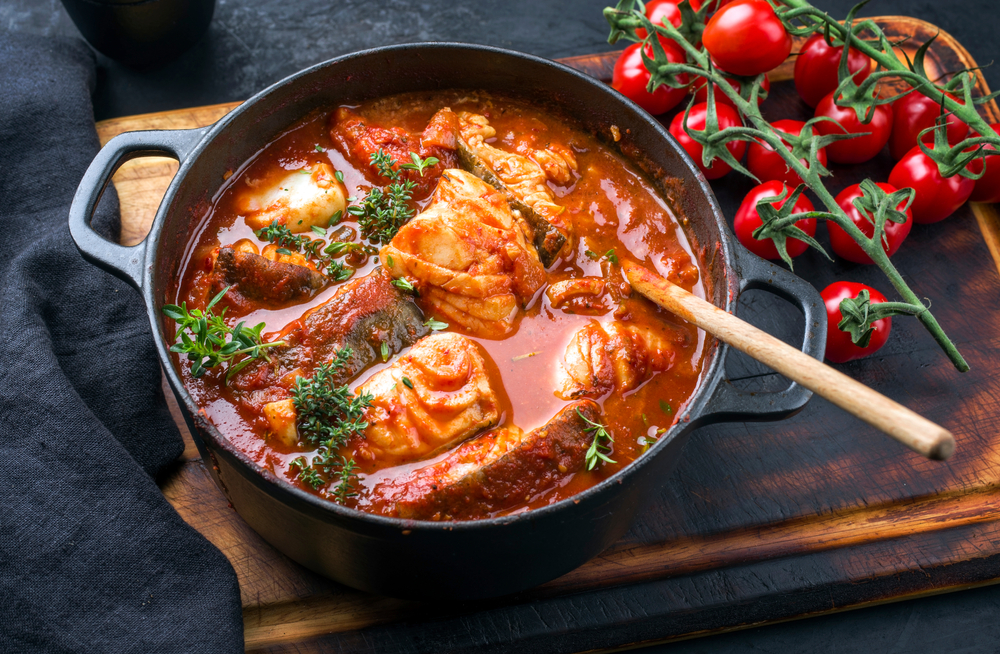
Moqueca is a Brazilian seafood stew that exemplifies the coastal regions’ culinary traditions, particularly in Bahia and Espírito Santo. Made with fish, onions, garlic, tomatoes, and coconut milk, it’s a vibrant representation of Brazil’s tropical abundance and cultural diversity. The dish’s origins can be traced back to indigenous practices, with later influences from African and Portuguese cuisines. Moqueca symbolizes the fusion of these cultures, showcasing the coastal communities’ reliance on and respect for the sea.
Ceviche
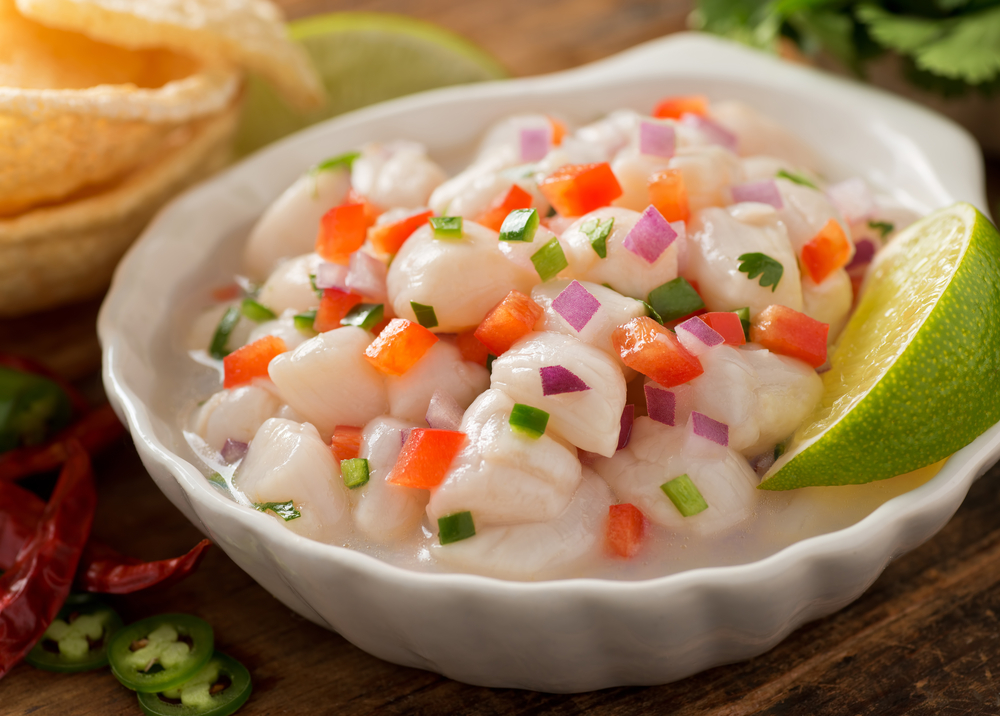
Ceviche, a marinated seafood dish, is central to the coastal culinary traditions of Latin America, particularly in countries like Peru and Ecuador. It consists of raw fish cured in citrus juices, spiced with chili peppers, and garnished with onions, cilantro, and corn. The dish’s simplicity belies its significance; it is a testament to the region’s abundant marine life and the ingenuity of its people in creating a dish that requires no heat for cooking, making it a staple in coastal communities where fresh seafood is plentiful.
Poisson Cru
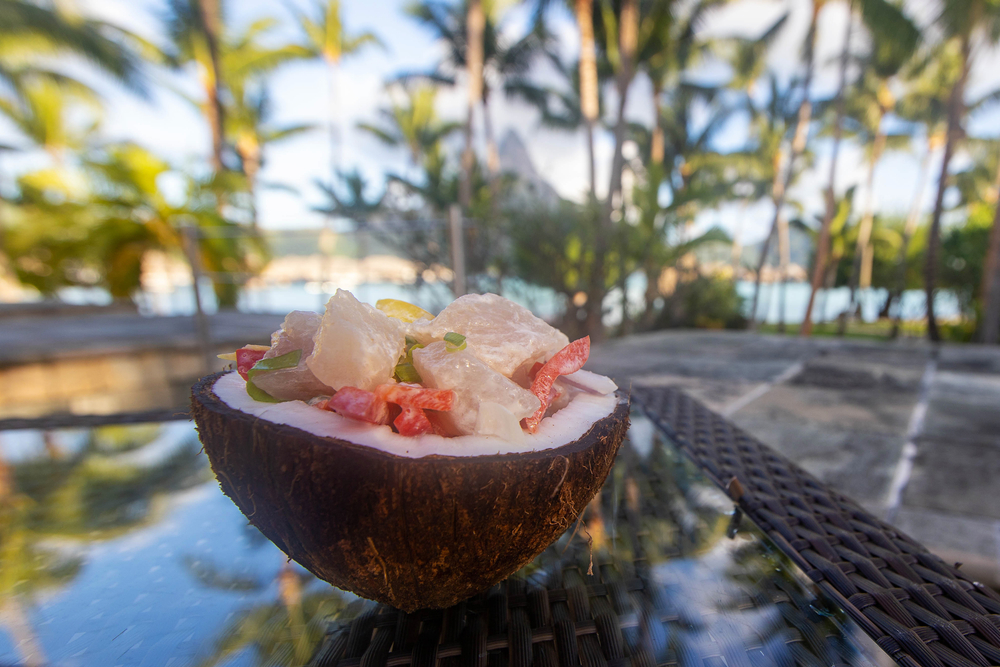
Poisson Cru, often considered the national dish of Tahiti and French Polynesia, is raw fish marinated in citrus juice and coconut milk. This dish represents the islanders’ traditional reliance on the sea, utilizing the fresh catch in a way that maximizes its natural flavors. Poisson Cru reflects the tropical abundance and culinary traditions of the South Pacific, blending the freshness of the ocean with the rich, creamy texture of coconut milk, embodying the essence of island cuisine.
Sushi and Sashimi
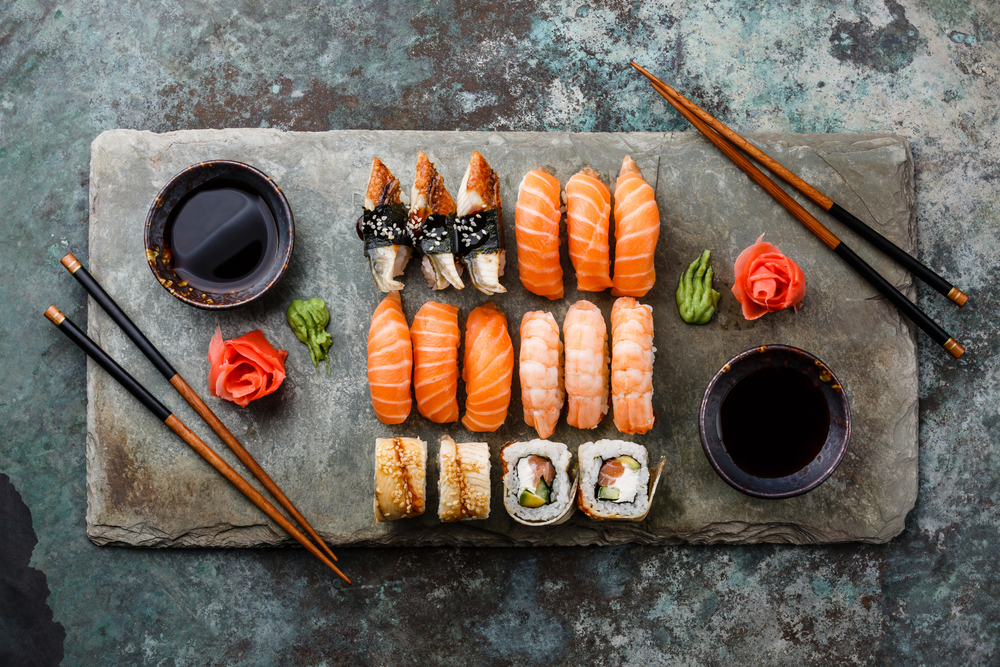
Sushi and sashimi, staples of Japanese cuisine, are more than just food; they are a cultural phenomenon that reflects centuries of culinary tradition. Sushi, featuring vinegared rice with various toppings, often seafood, sashimi, and slices of raw fish, showcases the Japanese aesthetic of simplicity and natural beauty. These dishes highlight the importance of the ocean’s bounty to Japanese culture and cuisine, utilizing techniques that have been refined over generations to enhance the natural flavors and textures of the seafood.
Fish and Chips
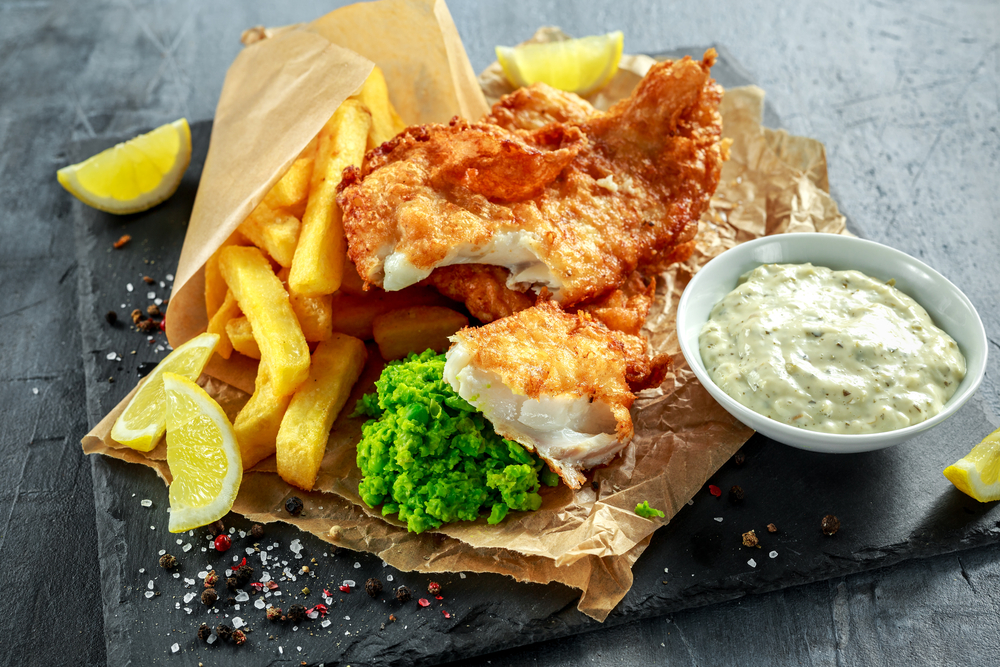
Fish and chips, a classic British dish, originated in the 19th century as a meal for the working class, quickly becoming a national favorite. The dish consists of battered and fried fish, traditionally cod or haddock, served with chips (fried potatoes). Its popularity reflects the UK’s rich maritime history and the role of fishing in its economy. Fish and chips became a cultural icon, symbolizing comfort food that bridged the social divide, and remains a beloved staple in coastal communities across the UK.
Paella
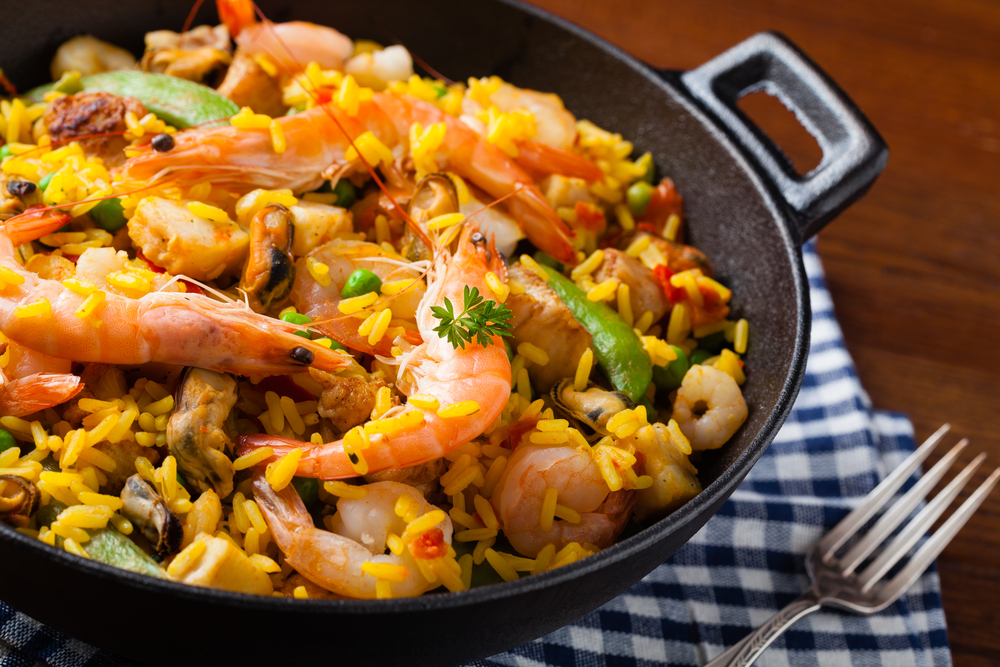
Paella, originating from the Valencia region of Spain, is a rice dish that often includes a variety of seafood, such as shrimp, mussels, and squid. This dish reflects the coastal Mediterranean lifestyle, with its emphasis on fresh, local ingredients. Paella has its roots in outdoor feasts prepared by farmers and fishermen, showcasing the region’s agricultural and maritime bounty. It has become synonymous with Spanish cuisine, representing the fusion of land and sea that characterizes the Mediterranean diet.
Caldeirada
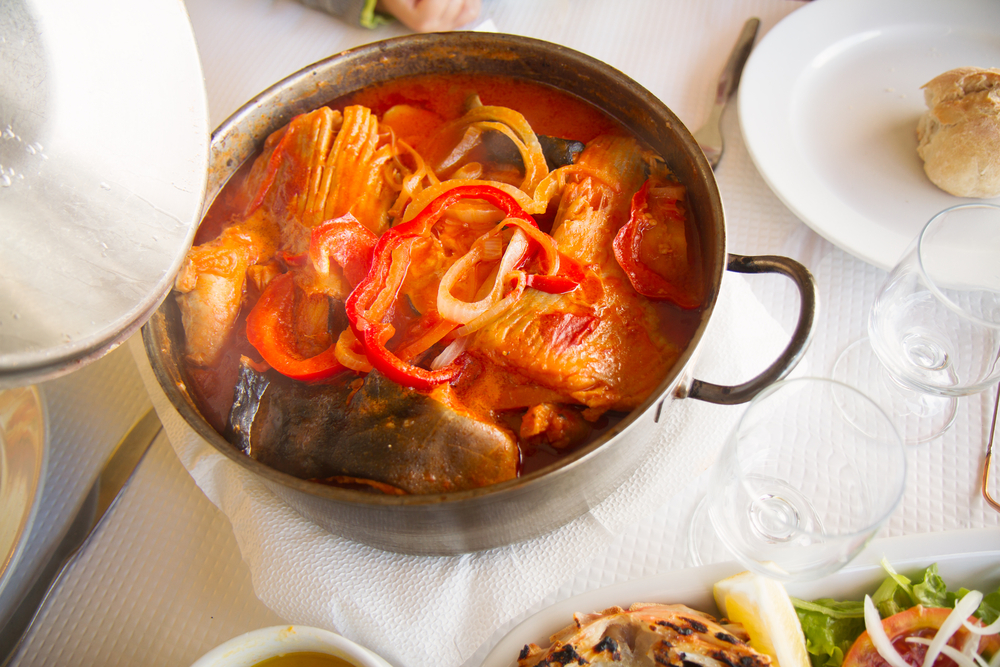
Caldeirada is a traditional Portuguese fish stew, akin to a seafood version of the mixed meat stew known as cozido. Made with a variety of fish and shellfish, potatoes, tomatoes, and onions, seasoned with herbs and spices, it reflects Portugal’s extensive coastline and fishing heritage. Caldeirada is a communal dish, often shared among families and friends, symbolizing the social and cultural importance of seafood in Portuguese communities.
Herring Dishes in Scandinavia
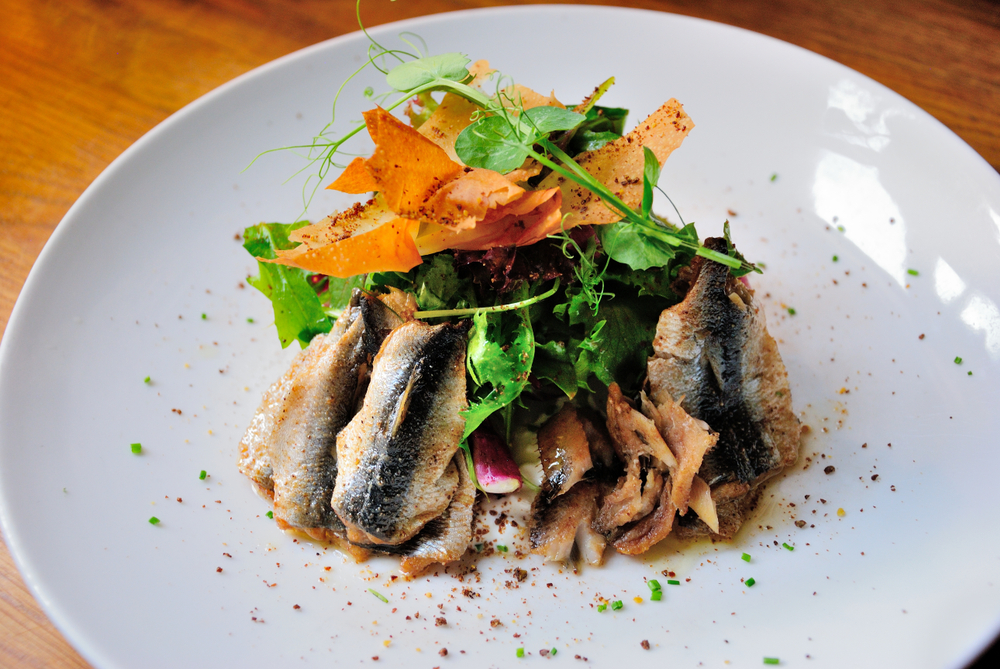
In Scandinavia, herring has been a crucial part of the diet for centuries, served in various forms such as pickled, smoked, or cured. Herring dishes are integral to Scandinavian culinary traditions, reflecting the region’s fishing heritage and the practical need for preserving food in a harsh climate. These dishes are often served during traditional feasts and holidays, representing not only a dietary staple but also a cultural symbol of Scandinavian identity.
Peruvian Tiradito
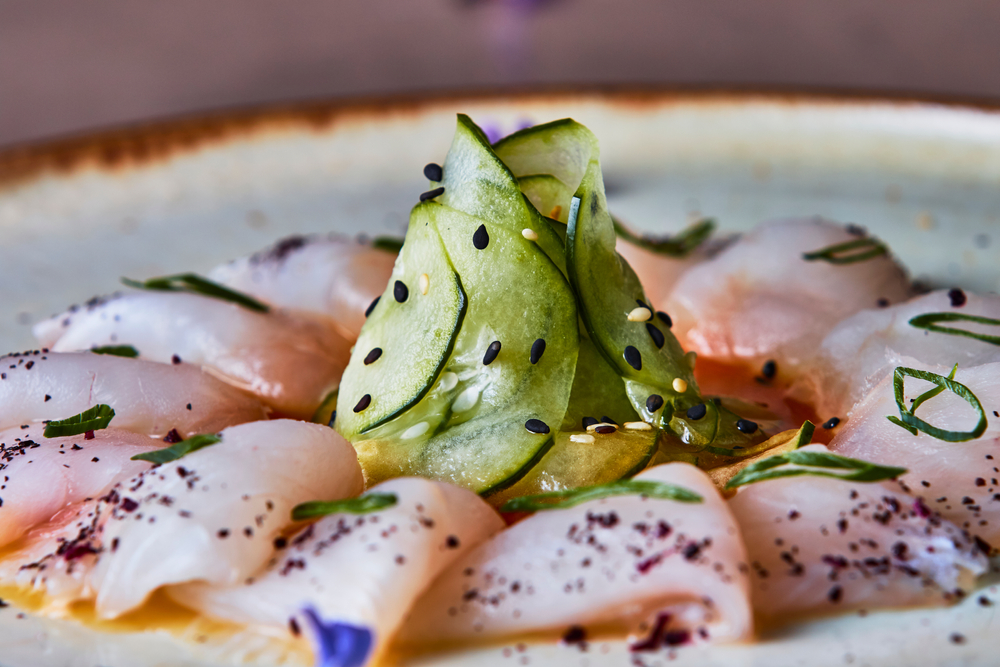
Peruvian Tiradito is a dish similar to ceviche, reflecting the fusion of Peruvian and Japanese culinary traditions, known as Nikkei cuisine. It consists of thinly sliced raw fish, drizzled with a spicy citrus sauce, blending the Peruvian love for seafood with the Japanese technique of sashimi. Tiradito showcases Peru’s rich biodiversity and the innovative culinary practices that have arisen from the country’s multicultural history..
Baccalà (Salted Cod)
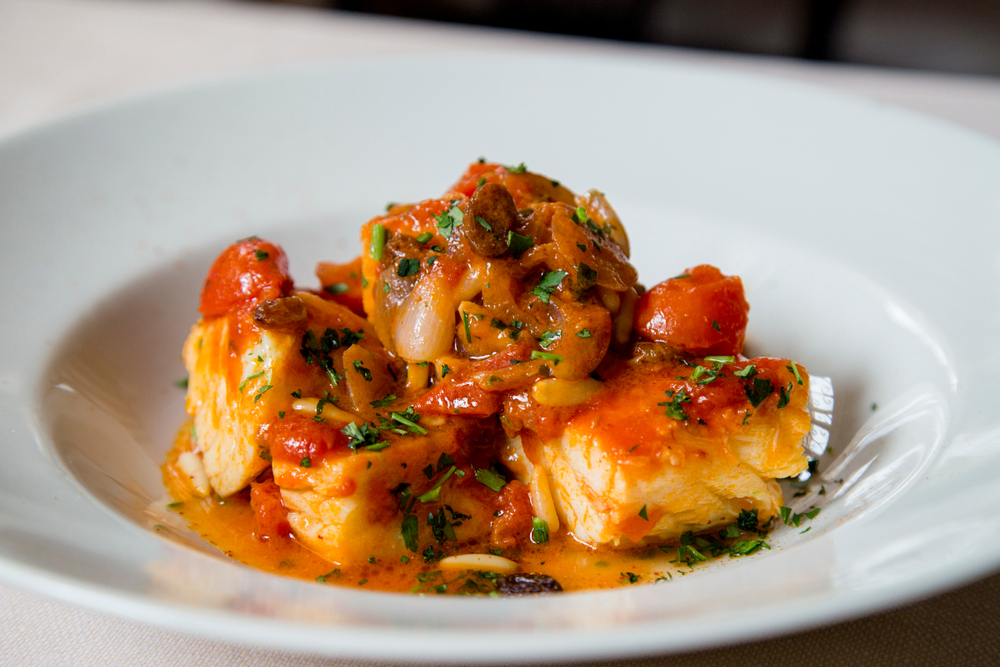
Baccalà, or salted cod, is a dish with deep roots in European maritime history, especially in Italy, Portugal, and Spain. The practice of salting cod was an essential method for preserving fish before the advent of modern refrigeration. This preservation technique allowed sailors to carry nutritious food on long voyages, making cod a staple in coastal European diets. Baccalà is prepared in various ways, reflecting the culinary traditions and preferences of different regions.
Galician Octopus (Pulpo a la Gallega)
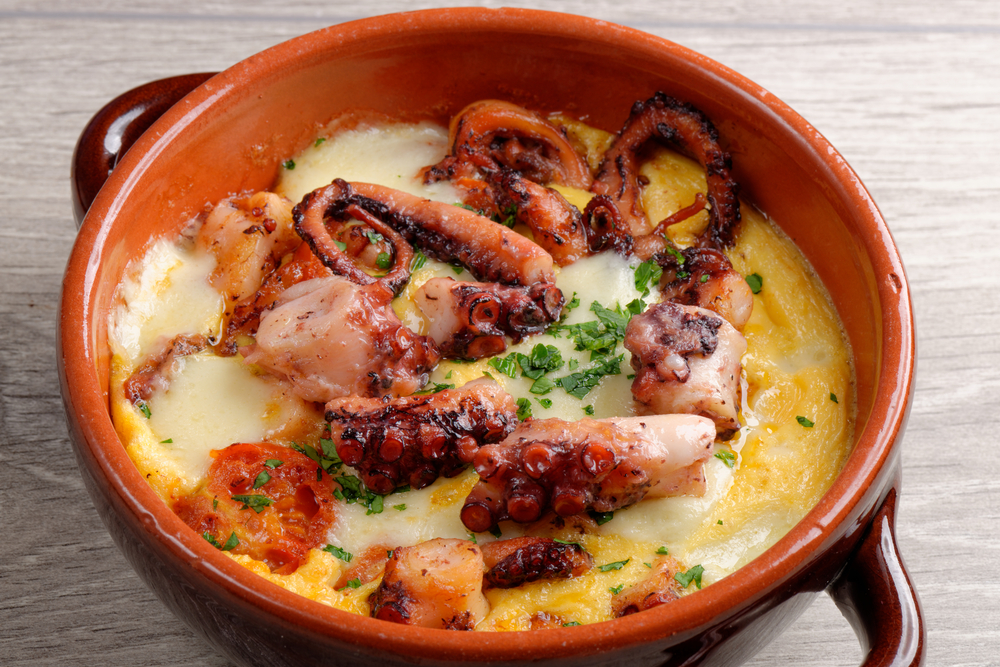
Pulpo a la Gallega, or Galician-style octopus, is a traditional dish from Galicia in northwestern Spain. This dish, typically seasoned with paprika, rock salt, and olive oil, represents the region’s strong fishing traditions and the importance of octopus in its culinary culture. It’s often served on wooden plates and eaten as a tapa, showcasing the simplicity and rustic charm of Galician cuisine and the community’s deep connection to the sea.
Grilled Sardines
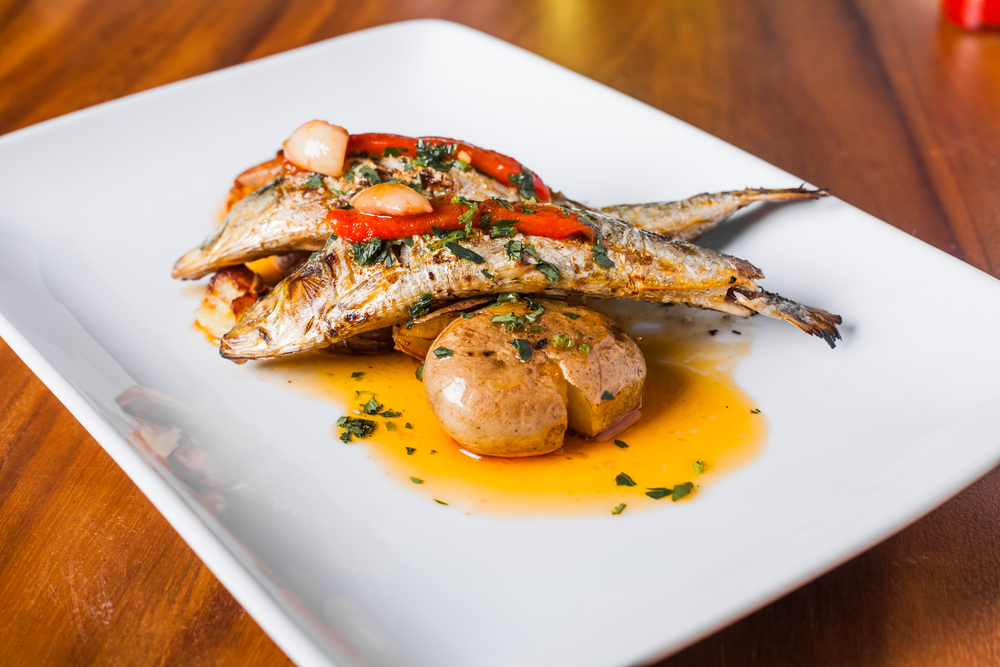
Grilled sardines are a simple yet iconic seafood dish popular in Mediterranean countries, especially Portugal. This dish symbolizes the essence of Mediterranean coastal cuisine, utilizing fresh, local ingredients cooked straightforwardly. Sardines, being abundant in the region, are often grilled whole and served with a sprinkle of sea salt, embodying the traditional coastal way of life where fishing and seafood are central to daily sustenance and cultural practices.
Maine Lobster Roll
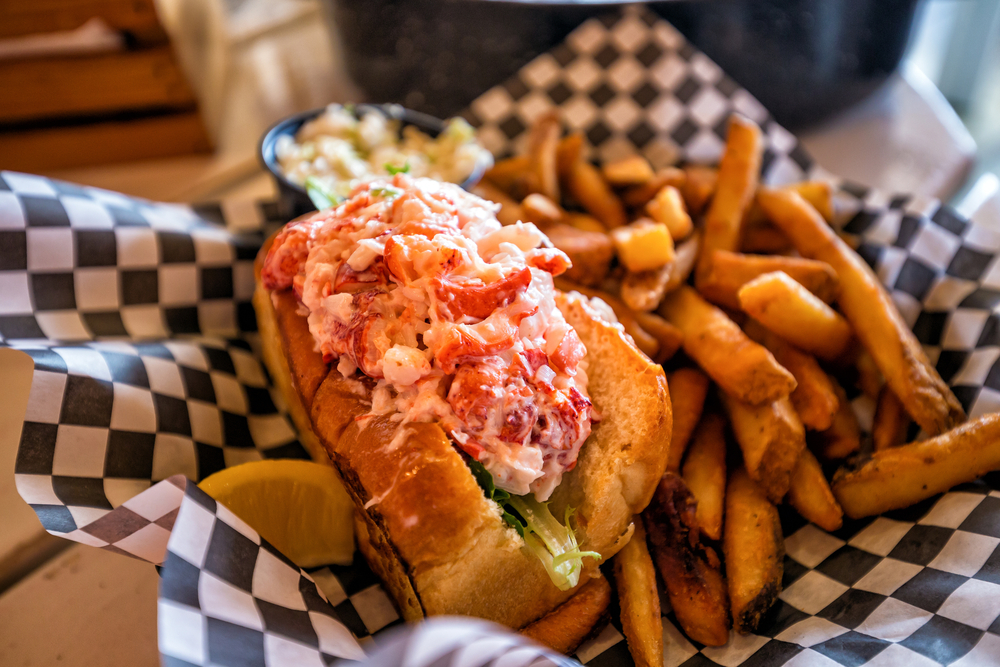
The Maine lobster roll is a quintessential New England dish, originating from Maine, known for its abundant lobster harvest. This sandwich consists of lobster meat served in a buttered, toasted roll, often with a light dressing of mayonnaise or lemon juice. The lobster roll reflects Maine’s fishing heritage and the importance of the lobster industry to the local economy, becoming a sought-after delicacy that symbolizes New England’s coastal cuisine. This article originally appeared on UnifyCosmos.
More from UnifyCosmos
15 Cool Tools for a Better Exercise Experience

Are you ready to give your workout routine a fun twist? Imagine having a few cool buddies that make exercising more exciting and help you get stronger, faster, or more flexible. Read more!
16 Must-Try Street Foods From Around the World
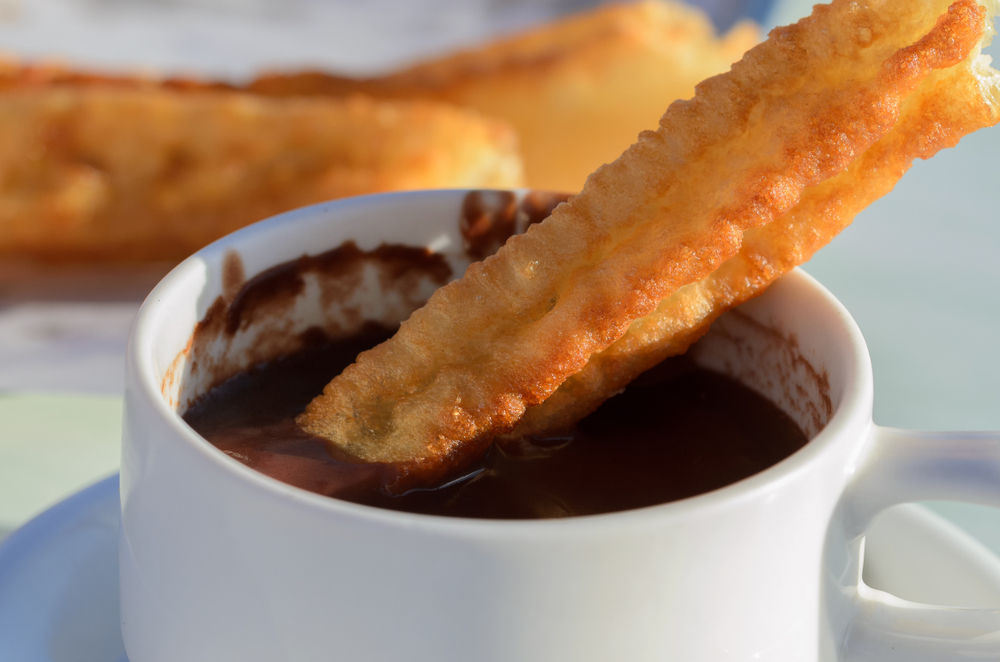
Imagine wandering through the bustling streets of a city far from home, where the air is filled with the enticing aromas of delicious foods being cooked right in front of you. Read more!
15 Spectacular US Islands Waiting to Be Explored

Embark on a journey to discover the beauty and allure of 15 spectacular US islands that you can explore without needing a passport. Read more!
Leave a Reply